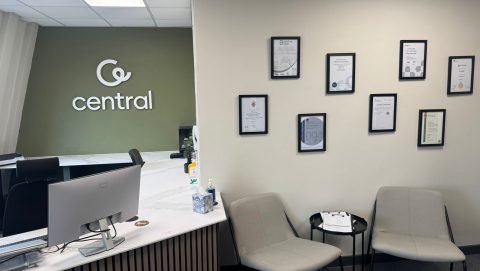
According to a study by Thoughtworks, only 28 per cent of employees over 25 and 11 per cent of employees under 25 feel that employers are doing enough to support inclusion, equality and diversity at work.
With many employers aspiring to improve the diversity of their workforce, it is important that this is achieved within the law. Positive discrimination is generally prohibited, however, there are exceptions under the Equality Act 2010, for example, during recruitment and promotion exercises to encourage and train people from under-represented groups if candidates are of equal merit.
Employers should use strategic workforce planning to understand the diversity and skills profile of their workforce. This will assist in assessing whether they are equipped to meet the organisation’s future skills and labour requirements. Following from this, investment can then be made in updating the recruitment process, retaining staff, developing staff, introducing supportive policies and workforce training.
There needs to be a commitment at board level on changing the approach to recruiting within specific target groups while taking care not to exclude other groups which could result in a potential discrimination claim.
Employers should be careful of indirect discrimination when considering where and how jobs are advertised. Not all potential recruits are on social media or IT literate, and employers must aim to make sure neutral language is used to make adverts accessible to as broad a range of applicants as possible.
Employers’ websites and vacancy pages can show that they are an inclusive employer through the images used and by publicising their EDI initiatives. These include being a Disability Confident employer, being a signatory to the Race at Work Charter or Women in Finance Charter or the Social Mobility Pledge.
Employers may also want to publicise, for example, that they have mental health champions or a number of trained mental health first aiders. Publishing gender, ethnicity and disability pay gap information can help to show that an organisation is transparent and self-aware, as well as helping to identify areas for improvement.
Training on unconscious bias to those involved in the recruitment process may be helpful. By being aware and acknowledging the possibility of bias in a particular situation, employees are more likely to ask themselves whether they are being fair and inclusive and whether employees are being recruited on merit.
Successful recruitment is only half the story. A high staff retention can demonstrate an inclusive and positive business ethos that could be appealing to a diverse range of applicants. It is also important due to the costly and disruptive nature of a high staff turnover. This could be achieved through implementing policies and procedures promoting diversity, providing inclusive facilities, and issuing staff satisfaction surveys.
The Fawcett Society’s report published in January 2022 considered 5,166 positions of power across society in various fields and found that women only made up 32 per cent of these positions. Of the FTSE 100, only eight organisations have a woman CEO and not one is led by a woman from an ethnic minority background.
An increasingly high-profile topic is the impact of the menopause where women at the peak of their career are choosing to go part-time or leaving work altogether. Organisations can increase diversity in senior roles by taking a proactive approach to the menopause by organising training on health and wellbeing, occupational health campaigns, menopause policies and ensuring that the working environment is adjusted.
Changing the culture of a workplace is not a short-term matter and training and raising awareness are crucial in promoting a positive culture. This is especially the case for managers as they are usually responsible for a wide range of issues such as recruiting, allocating work, managing performance and recommending individuals for promotion. Businesses should be introspective and genuinely self-critical to assess where areas for improvement may lie. Practical solutions are myriad and easy to apply if organisations have the willingness to change for the better.
Source – https://www.peoplemanagement.co.uk/





















